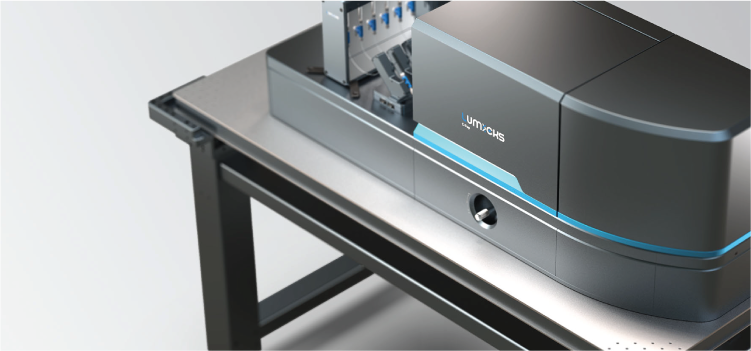In a new study published in the journal Science Advances, Gutierreu-Flux™Escribano et al. studied the role of cohesin complexes in DNA tethering to gain a better understanding of sister chromatid cohesion. Using the C-Trap correlated optical tweezers with fluorescence microscopy, they observed in real-time intermolecular (DNA–DNA) and intramolecular cohesin-derived DNA bridge formations and the related properties.
Their results showed conserved tethering functions, dependent on ATP and Scc2–Scc4 cohesin loader complex, and two types of tethering with distinct properties. The study highlights the importance of single-molecule assays like optical tweezers to start understanding the fundamental properties of cohesin complexes and the tethering between sister chromatids.
Gutierreu-Flux™Escribano et al. first validated the molecular properties of intramolecular DNA tethering through force-extension analyses of the trapped DNA molecule in the absence or presence of cohesin. Force-extension curves showed indicative features of intramolecular bridges upon pulling the DNA molecule after exposure to ATP and Scc2–Scc4. Cohesin can hence bridge different adjacent sites of a DNA molecule in a one-step fashion, ultimately creating intramolecular loops.
By comparing force-extension in different salt concentrations, the investigators next observed two types of tethering, “reversible bridging” and “permanent bridging”. While reversible bridging forms only under low salt conditions, permanent bridging is resilient to both high ionic strength conditions and physical pulling.
Further intramolecular and intermolecular characterization of the bridging types suggested that the permanent bridges are critical in maintaining the association between sister chromatids (intermolecular bridging). The findings may aid the future characterization of cohesin complexes and their ability to maintain sister chromatids together until cell division.
For more information, you can read the full article entitled “A conserved ATP- and Scc2/4-dependent activity for cohesin in tethering DNA molecules” in the journal Science Advances.
Are you interested in using dynamic single-molecule tools like the C-Trap® for your research? Please feel free to contact us for more information, a demo, or a quote.



